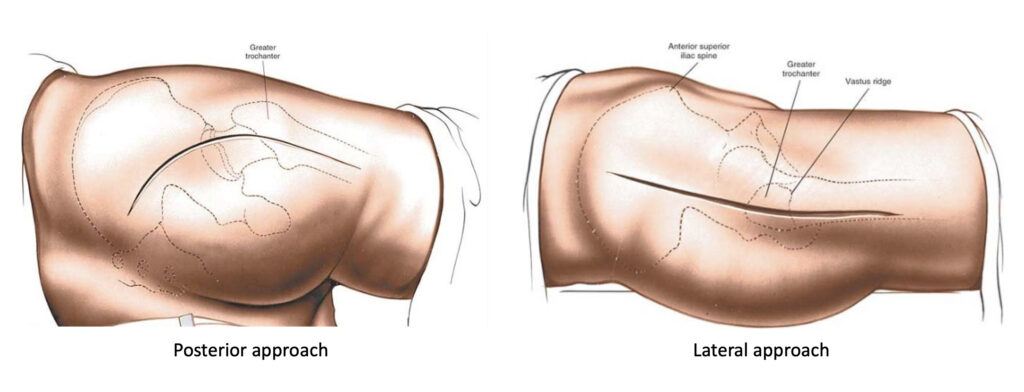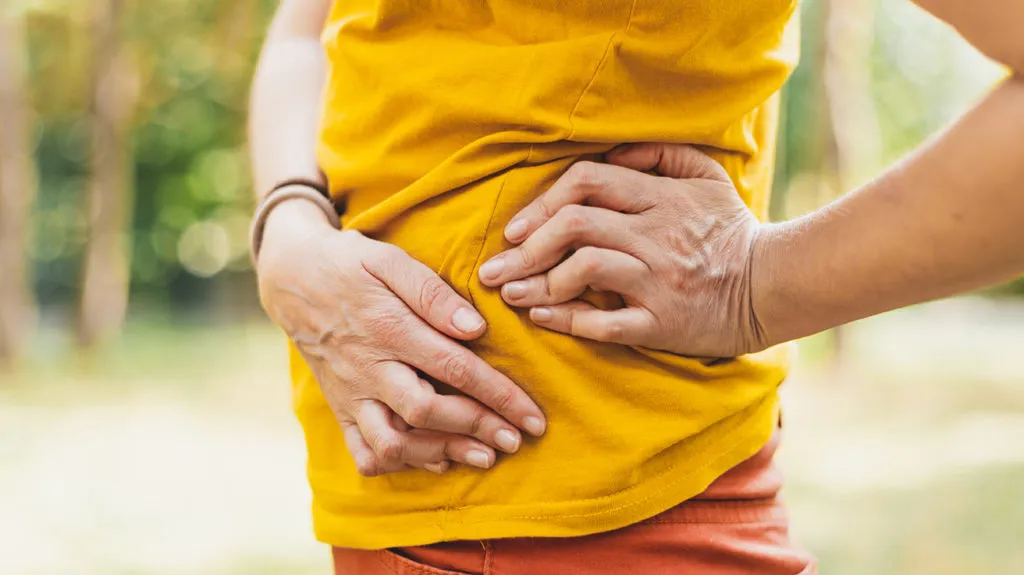Hip, Hip, Replace! All About Hip Replacement Surgery
The hip joint is a complex ball-and-socket joint that supports the weight of the body and is responsible for movement of the upper leg. It enables daily activities such as walking, squatting and climbing the stairs. When the hip joint gets damaged, it can become painful and also limit your joint movement – which may be a sign to get a hip replacement.
Hip replacements are common mainly among those that suffer from medical conditions such as osteoarthritis, inflammatory arthritis, avascular necrosis or other forms of hip joint damage. Direct anterior approach (DAA) is a technique used by an orthopaedic surgeon to access the hip joint in hip replacement surgery.
In this article, we had a chat with Dr Mizan Marican from Orion Orthopaedic Surgery who is one of two orthopaedic surgeons in Singapore that specialises in this procedure. You can find him at https://www.orionortho.sg/
DAA Hip Replacement vs Traditional Hip Replacements
Traditional Hip Replacements
Traditional hip replacements have be refined over the years to ensure the best outcomes for the patient’s post-surgery. However, there are elements of this surgery that cannot be changed such as the site and size of the incision needed to access the hip and post-surgical precautions. These include no deep squatting, crossing legs or kneeling due to the need to cut through the muscles surrounding the hip, causing initial structural issues.

Direct Anterior Approach (DAA) Hip Replacement
With the DAA technique, there are only a couple of few post-surgery precautions to take note of. Compared to traditional hip replacements, DAA spreads the muscles rather than cutting through it. This means that the muscles around the hips are left intact, hence, patients are encouraged to get moving as soon as they feel ready. As with many surgical procedures, there will likely be pain (due to the nature of surgery), which can be managed with pain medication. We have found that those who went through DAA hip replacement reported that they felt good and was able to move with ease.
Pre-operation procedures
Often, Dr Mizan will encourage his patients to attend a pre-surgery course of Physiotherapy (prehab). This will aid in strengthening the muscles before the operation. Additionally, patients are able to get a head start on the exercises that they can utilise post-surgery.
Post-operation procedures
There will be a period in time where the patient will require some assistance from a crutch or walking stick to aid in mobility. A post-surgery course of Physiotherapy (rehab) is also important in helping with pain management and improving movement around the hip. Overtime, the rehabilitation program will progress on to muscle strengthening, gait re-education and increasing independence.
Top Tips For Your New Hips
1. Challenge yourself
The muscles around the hips are designed to give us stability and power for movement. Therefore, they need to be challenged from time to time. This doesn’t have to be in the gym. It could be as simple as occasionally taking the stairs rather than using the lift.
2. Use a tennis ball
Massaging around the hips is a super quick and effective way to reduce stiffness. Stand close to the wall and place the tennis ball against it. Gently move your hips around for 60 – 90 seconds.
3. Use a heat pack
If you’re experiencing pain at night, try using a heat pack on the side of the hip for 10-15 minutes before heading to bed. You can also place a spare pillow between your knees to relax the muscles and reduce some of the stress on the hip joint while in bed.
Written By: Dr Mizan Marican – Consultant Orthopaedic Surgeon & Medical Director, MBBS, MRCS, MMed, FRCS
Dr Mizan Marican is an orthopaedic surgeon who specialises in lower limb surgery and focuses his practice on joint preservation, sports injuries, and joint replacement surgeries for the hip and knee. Dr Mizan Marican completed his orthopaedic training with SingHealth and gained his fellowship in 2015, later he furthered his subspecialty training with the Melbourne Orthopaedic Group in 2017.

